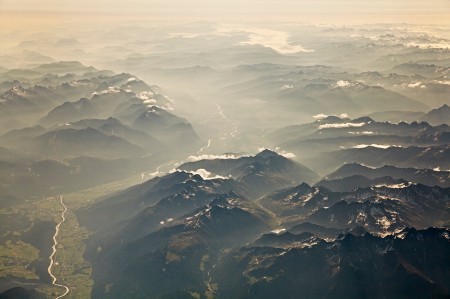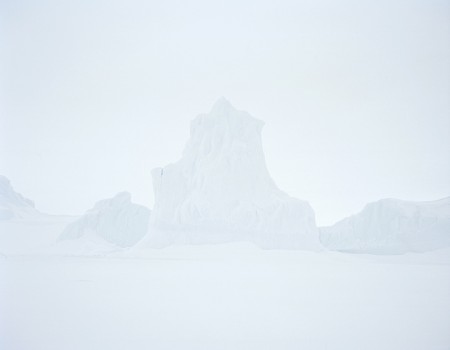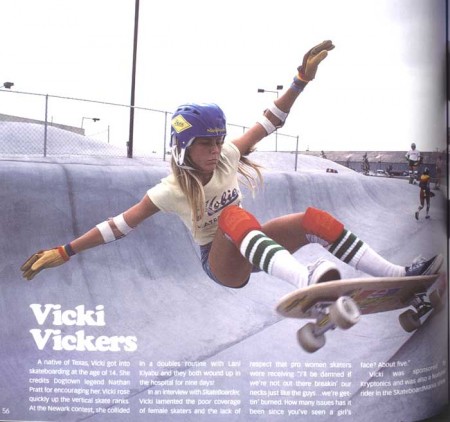Perhaps the biggest kicker of all is the price tag. Looking at a piece of technology as revolutionary as this, you might instantly assume that it’s going to run tens of thousands of dollars. Wrong. It’s being listed at around $1,599 USD, which isn’t exactly cheap, but in the photography field it actually is very affordable. In his original post, Jon finished it off by opening the table for ideas on how this technology could be applied to great effect. One can’t help but think of all the possibilities when you look at technology like this: how would you use the Lytro Illum differently than you would your usual camera? Or, which of your favorite photographers would you like to see use a camera like this?
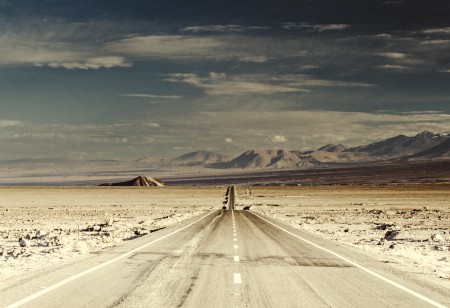
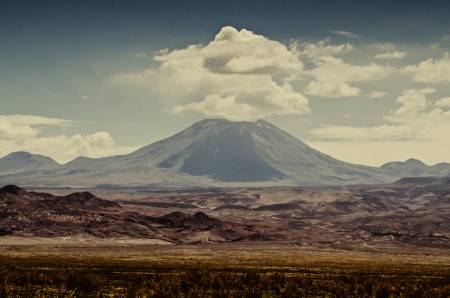
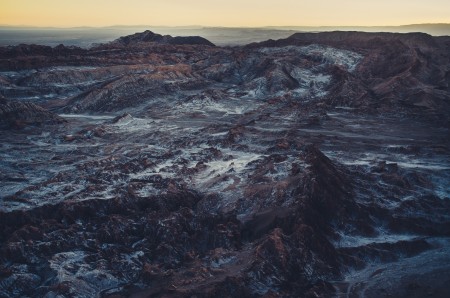






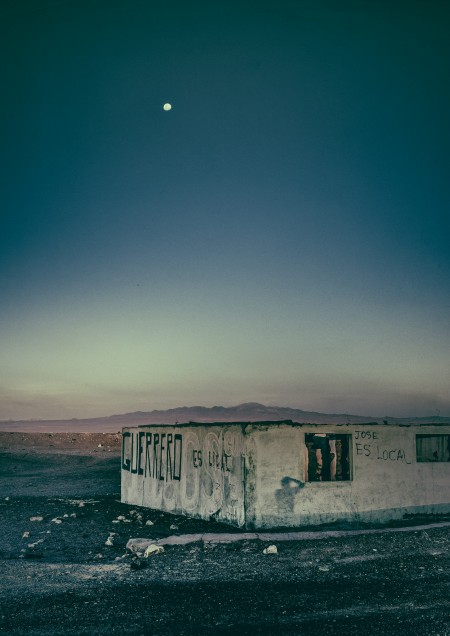


A few images from my travels through Chile this past December. Featured here are locations in the Atacama Desert, including Valle de la Luna, Salar de Atacama and Mano del Desierto. There are also two images from Santiago, which happen to be the final shots I captured with my D600 before having it taken from me at knifepoint a couple days later in Valparaiso. Fortunately, I had a back-up camera and was able to capture the trip north into the Atacama.
For more photos of my travels through Chile, you can visit my new portfolio (filtered for Chile): http://circa1983.ca/Chile
Posted by: Owen




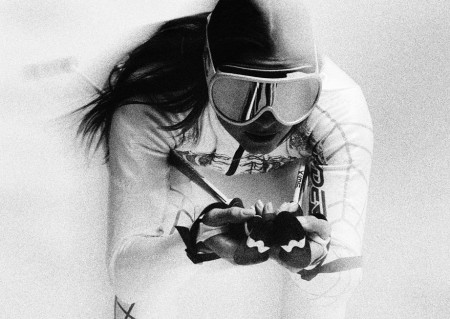


I know I’m a little late on this post since the 2014 Winter Olympics have ended but that doesn’t mean that these images from photographer Carlos Serrao aren’t badass. I’m really loving the ultra simple approach to these images that showcase each individual sport’s iconic form in action. If you’re not familiar with Carlos’ work, check out his website and, chances are, you’ll see an image on there you have seen before. The swimmer’s series is simply awesome.









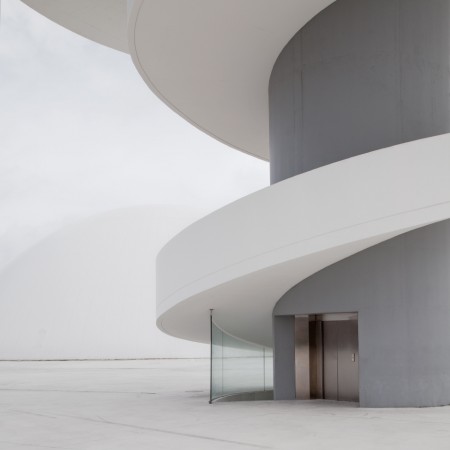
I decided to check up with one of my favorite photographers Matthias to see what he has been up to. The above are some of his favorites from the recent Reflexionen/Reflexiones series shot in Berlin, Madrid, Amsterdam, and Hamburg. I asked him a few questions that he was kind enough to answer:
Where are you from?
I just moved from Berlin to Hamburg.
How did you get into photography?
In 2008, I was 26 then, I bought my first camera, this was shortly after I had moved to Berlin to write my thesis in computational linguistics. Photography has never been of great interest to me before that point, but I quickly became obsessed photographing Berlin’s architecture. I’m completely self-taught and I’m still learning new things about photography on a daily basis.
Who/what inspires you?
Mainly the work of other visual artists, for example Franco Fontana, Josef Schulz, Ward Roberts, Matthias Hoch.
Do you have any other passions/hobbies besides awesome photography?
I’m a hobby musician and I’m DJing from time to time. I also enjoy hiking and riding my bike.
Do you have a favorite city to explore?
There are too many to mention and there are so many cities I haven’t been to so far. I really enjoy exploring, so maybe it’s not too important which city it is. But well, I guess it’s not a secret I like Berlin a lot…
Is there a specific place that you would love to photograph in the future?
A roadtrip through Japan would be great.
Any albums or artists on repeat?
Currently on repeat: Morgan Delt, Group Rhoda, PVT, Raime, E.R.P. / Convextion
—–
Love this track from Young Summer
Post by Pope Saint Victor.




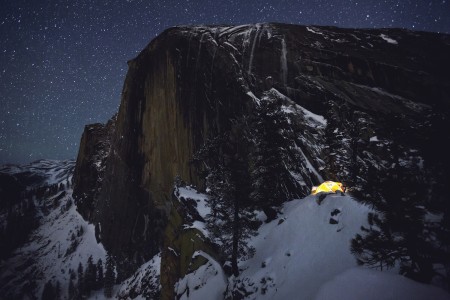
Yosemite HD II from Project Yosemite on Vimeo.
Photographers Colin Delehanty and Sheldon Neill have created an absolutely stunning piece of time lapse photography of Yosemite National Park. I’m always a sucker for these kind of videos because you can get an idea of how nature works and they’re beautiful. Colin and Sheldon worked for two years together to create this piece and trekked over 200 plus miles of rugged, burly terrain in the High Sierras of Yosemite National Park. It’s projects like these that keep me inspired to keep trekking outdoors.
Check out the website for Project Yosemite and from there you can get an in depth break down of frequently asked questions and gear used to create this video:
http://www.projectyose.com




